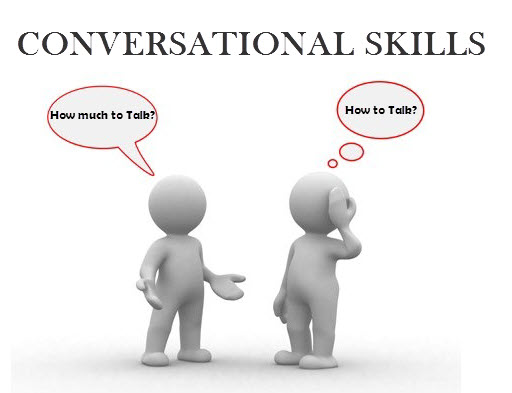Visual aids should never “replace” your presentation--- you must display your materials visually in such a manner that it does not distract your audience from your argument. Some of the visual aids are listed below:
This is the most commonly used visual aid used in modern day presentations. Although many features are available in a power point, make sure you make the slides as simple and legible as possible. Small fonts, using dark or multi-colored backgrounds, font colors that clash with the background, too many pictures or images on a slide—all these make a slide illegible and difficult to understand. Fonts should be minimum 20 points in size and a dark color over a light background usually looks quite good, depending on the colors that you use.
Make sure that each slide adds to your presentation. Do not have slide after slide with bullet points of what you are going to say. Your visual aid does not then say anything extra and will get too boring. You can illustrate a point with a large picture or a drawing or a graph so that what you are describing becomes simple to understand. You could have a slide with just a sentence or a word in large font to emphasize your core argument or theme.
Pictures and graphs
Be creative in your choice of pictures and graphs. Graphs are meant to present data in a simplified manner. Make sure your graphs are not crowded with too much information.Instead, present one idea per graph. Do not crowd the entire slide with too many pictures and captions. Your audience will get distracted from your presentation trying to make sense of the pictures.Also, make sure the colors used do not clash with the background and the images are visible to the audience.
Too much information on one slide distracts the audience
Flip Charts
Flip charts follow the same rules as power point slides. The drawings or writing on the sheets should be large and legible from a distance. Place the flip chart where everyone can see. You will have to create images according to the size of the audience. In a small group flip charts work very well since the distance between you and the audience is not too much. If you wish to write on the chart as you speak, make sure you use bright colored markers and write in large letters. It will be a good idea however, to prepare the flip chart before the presentation so that much time is not spent in writing.
You can use a whiteboard to explain a concept. Do not turn your back to the audience while you write or draw. Use the whiteboard sparingly and keep looking at the audience every 10 seconds to make sure they are following you. Write legibly and use bright colored markers.
Video tapes
You may
play a film your audience but make sure it is done only to illustrate your
point. Do not use a video instead of a presentation –this will make your
presence redundant. Playing a very long film might put your audience to sleep.
It is a good idea to play your film after the presentation to highlight
whatever you have presented. This way, your audience can use the information in
the video to summarize what you have already said. Also, if they choose not to
pay attention, you still would have made an impact before the film and your
presentation would not have been wasted. You could also save your question and
answer sessions until after the film to make sure that the audience does watch
the film in its entirety.




